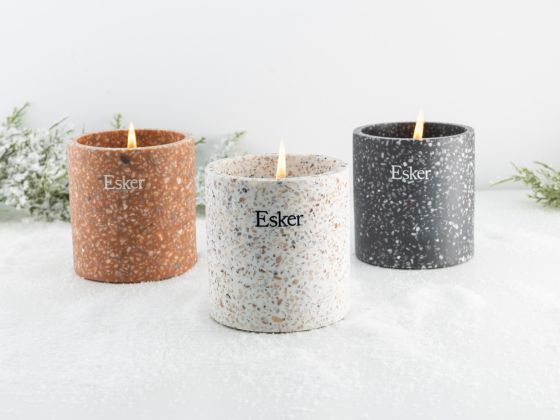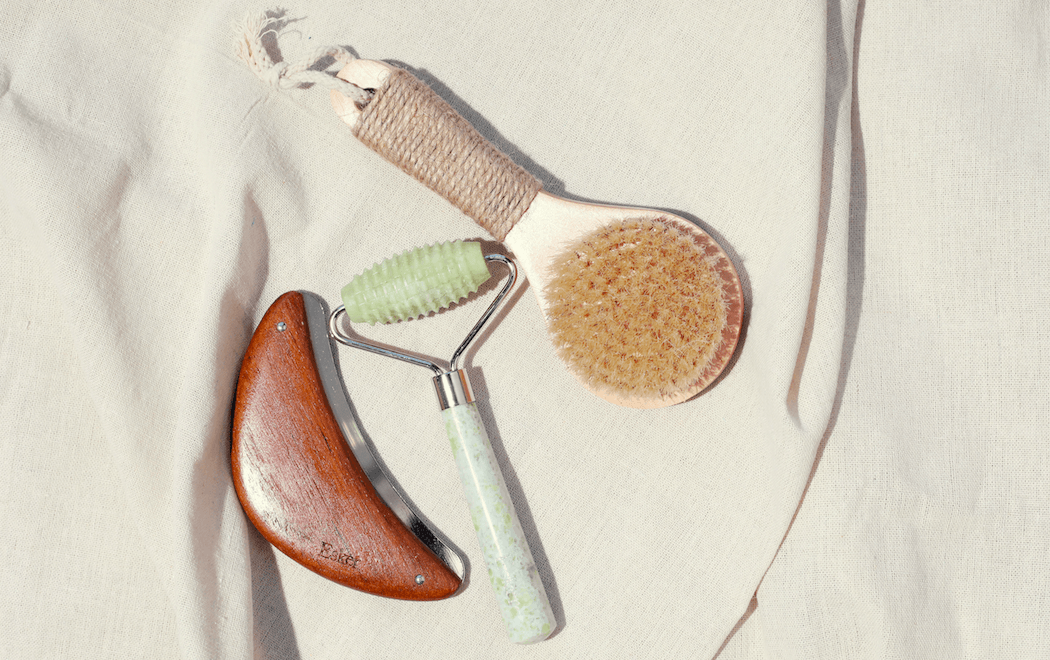Right now is a pivotal time for your skin. Parched summer skin from long days spent in the sun or water are over, but cold, dry weather is now arriving, and with it often comes thirsty skin in need of hydrating moisture. Perhaps you’ve been dousing yourself in body oil or slathering on lotion and chalking it all up to a case of dry skin, when in fact your skin might just be dehydrated. Before winter officially sets in and you frantically grab for anything that’s thick, hydrating, and promises to replenish chapped skin, let’s get clear on the difference between dry skin and dehydrated skin. Hint: they’re two totally separate issues.
Dry Skin
If you’re a skincare obsessive, you may already know that dry skin and dehydrated skin are different. But for many who aren’t as well-versed in the complexities of skin (and we get it, skin issues can be complex) it’s easy to group the two into one big, annoying problem you’ll try to solve in the same way.
Like its oily or combination counterparts, dry skin is a skin type. Just as oily skin is prone to producing an excess amount of oil, dry skin is deemed “dry skin” because it lacks oil. So, why is it lacking oil? Dry skin types produce less sebum than normal or oily skin types, and this lack of sebum means the skin is missing ceramides, which are the crucial lipids it needs to lock in and retain moisture and to ultimately build a strong outer barrier to protect it against environmental stressors.
Because dry skin is a type and is based on your own personal genetics, it can extend to all parts of your body. While there are certainly ways to keep your dry skin feeling moisturized and supple (more on that below) it’s a “type” of skin you’ll always have and not something that can be changed or cured.

Dehydrated Skin
Dehydrated skin, on the other hand, is a skin condition. Dehydration occurs when your skin is lacking water, and it’s typically caused by a range of external and environmental factors. Extremely cold and dry weather, overly hot showers, and direct A.C. or heat are all contributing factors. Some other culprits of dehydrated skin include excessive caffeine consumption, a poor diet, and using too many harsh skincare products. Each of these can strip your skin of its natural oils, which allows water to escape from beneath its surface, resulting in a dehydrated complexion.
The unfortunate thing here is because it’s a condition, any skin type–including oily skin–can actually suffer from dehydration. The good news? It’s extremely treatable and temporary because it’s a condition.
Decoding the Dilemma
 If you’re battling either dry or dehydrated skin, you’ll probably find that both feel tight, however both exhibit different characteristics that should help you to identify which one you might have. Because understanding your skin type really can be confusing, we created a skin type quiz at Esker, which not only helps you identify if you have dry or dehydrated skin, but also if you’re oily, prone to breakouts or discoloration, if you have combination skin, and more. If you have dry skin, you’ll probably feel the effects of it more profoundly than dehydrated skin. Dry skin tends to be flaky, itchy, and rough in texture. Usually, this flakiness is most noticeable around the corners of the mouth or the nose. If this same dry, itchy, flakiness occurs on your neck or the inside of your arms and thighs, then you are probably dealing with dry skin, not dehydration. If you think your skin might just be dehydrated, keep an eye out for some of these signs: your complexion will likely look very dull and feel tight and you’ll probably notice more wrinkles, darker under-eye circles, and increased signs of aging than you would if you were dealing with dry skin. Dehydrated skin can also mean lots of inflammation, congested pores, and redness.
If you’re battling either dry or dehydrated skin, you’ll probably find that both feel tight, however both exhibit different characteristics that should help you to identify which one you might have. Because understanding your skin type really can be confusing, we created a skin type quiz at Esker, which not only helps you identify if you have dry or dehydrated skin, but also if you’re oily, prone to breakouts or discoloration, if you have combination skin, and more. If you have dry skin, you’ll probably feel the effects of it more profoundly than dehydrated skin. Dry skin tends to be flaky, itchy, and rough in texture. Usually, this flakiness is most noticeable around the corners of the mouth or the nose. If this same dry, itchy, flakiness occurs on your neck or the inside of your arms and thighs, then you are probably dealing with dry skin, not dehydration. If you think your skin might just be dehydrated, keep an eye out for some of these signs: your complexion will likely look very dull and feel tight and you’ll probably notice more wrinkles, darker under-eye circles, and increased signs of aging than you would if you were dealing with dry skin. Dehydrated skin can also mean lots of inflammation, congested pores, and redness.
How to Get Back to Hydrated Skin
If you’ve dealt with consistently dry skin all of your life, we would recommend visiting a dermatologist to get their recommendations, but if you’re going to tackle either issue at home, you should start using products that contain both humectant and occlusive ingredients.
Humectants work to draw moisture from the deeper layers of your skin and deliver it to cells that sit closer to the skin’s outer surface, and occlusives seal that moisture in. Amino acids and hyaluronic acid are both humectants that naturally exist in your skin, so using products that contain these two can up their volume and attract more moisture and bind it to the skin. Occlusive ingredients are great for both dry and dehydrated skin as they form a sort of protective seal over your skin. Oils like jojoba and squalane (which are included in nearly all of our body oils) are powerful occlusives, as are products containing vitamins A, B5, and C. These skin-transforming ingredients are included in both our Firming and Restorative oils. Adding an oil or a serum into your routine will aid in retaining water underneath your skin’s surface, providing a more hydrating environment that can make way for a moisturized, balanced, and supple complexion.
Take Our Skin Type Quiz and shop hydrating body oils here!






